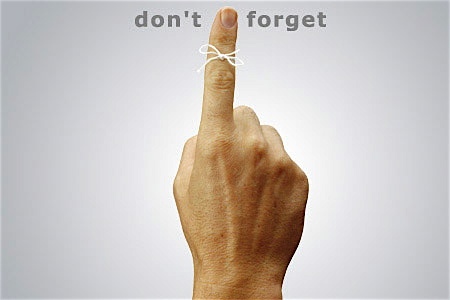What Memories Are Made Of
Why is it that amnesia patients can’t
remember their names or addresses, but they do remember how to hold a
fork?

Why is it that amnesia patients can’t remember
their names or addresses, but they do remember how to hold a fork? It’s
because memories come in many flavors, says Fred Helmstetter, professor of
psychology at the University of Wisconsin-Milwaukee (UWM). Remembering
what is not the same as remembering
how.
“Different circuits in the brain are activated when you remember what you had for breakfast this morning versus when you fell off a bicycle in second grade,” says Helmstetter, who researches the brain’s regulation of memories, emotions and learning.
And it’s those distinctive connections in the brain’s communication network that differentiate between the “aware,” or conscious, memories and the unconscious ones, some of which Helmstetter calls “emotional memories.”
Unraveling the differences between kinds of memories, Helmstetter believes, depends on understanding the chemical changes that happen in the brain at the molecular level.
Helmstetter’s work has already shown how memories are stored in certain neurons. Now he wants to know more about the molecular players that make the brain’s whole network of constantly changing memory connections possible.
Fascinating work. Lots more detail in the article — provokes many questions, directions for research, as well as answers.
“Different circuits in the brain are activated when you remember what you had for breakfast this morning versus when you fell off a bicycle in second grade,” says Helmstetter, who researches the brain’s regulation of memories, emotions and learning.
And it’s those distinctive connections in the brain’s communication network that differentiate between the “aware,” or conscious, memories and the unconscious ones, some of which Helmstetter calls “emotional memories.”
Unraveling the differences between kinds of memories, Helmstetter believes, depends on understanding the chemical changes that happen in the brain at the molecular level.
Helmstetter’s work has already shown how memories are stored in certain neurons. Now he wants to know more about the molecular players that make the brain’s whole network of constantly changing memory connections possible.
Fascinating work. Lots more detail in the article — provokes many questions, directions for research, as well as answers.
Posted: Tue - January 9, 2007 at 02:26 PM